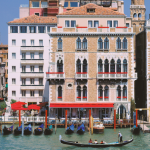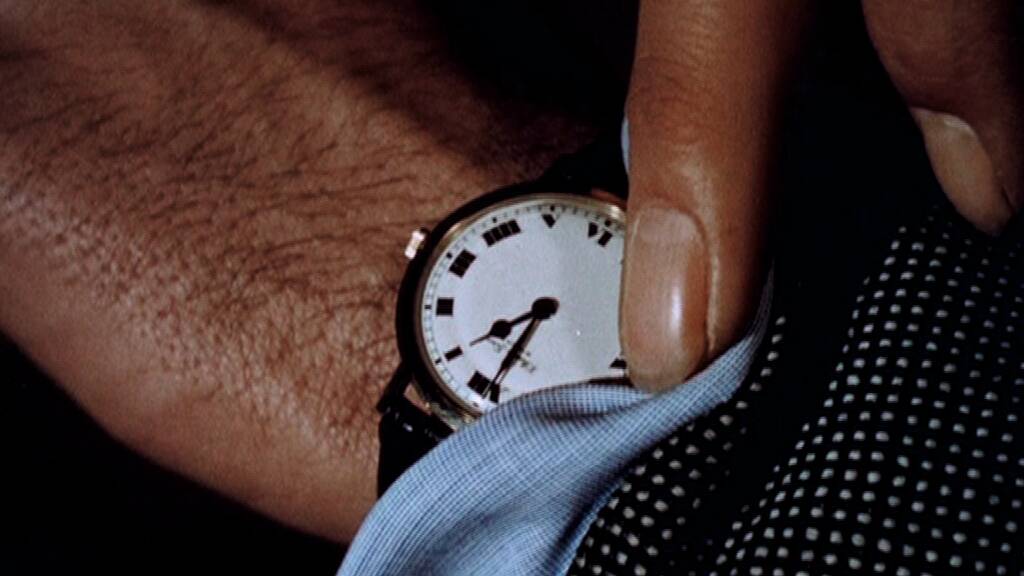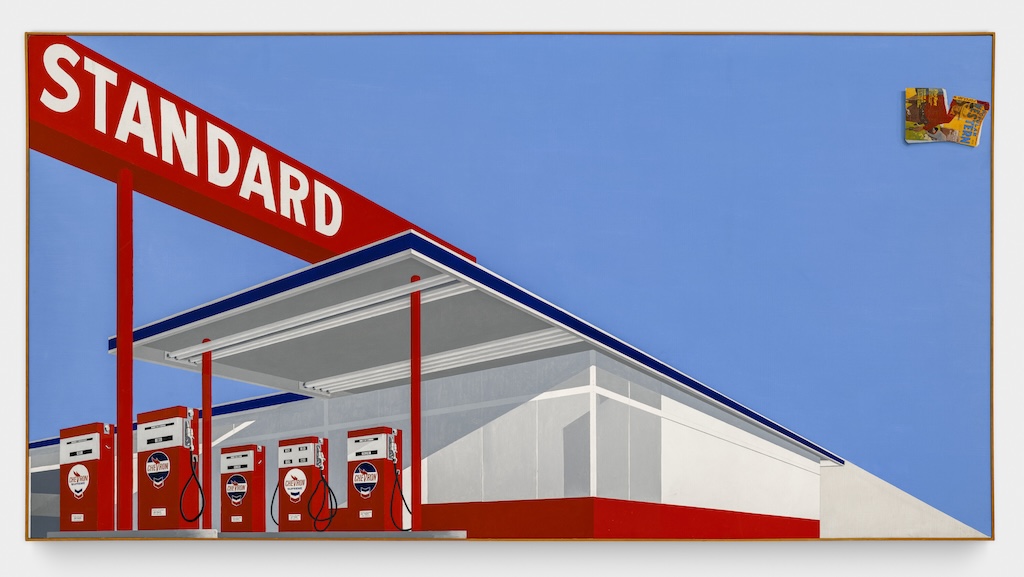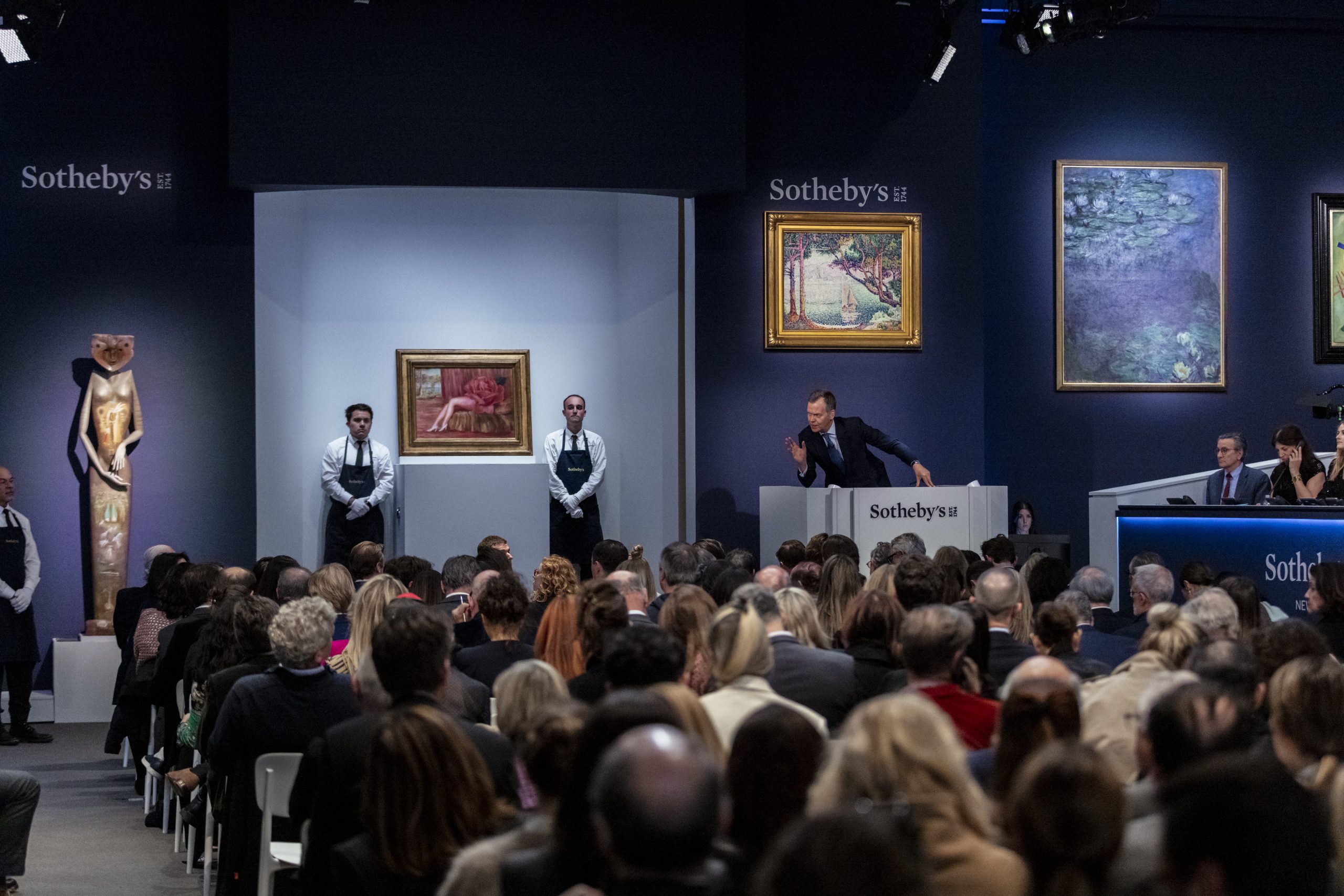What time is it? Time for The Clock (2010) by Christian Marclay to come back to New York’s Museum of Modern Art. The 24-hour film is made up entirely of over 10,000 appropriated shots of watches and clocks showing the actual time for each and every minute of the day.
The Clock will be on view in MoMA’s second floor galleries from November through some time next spring. Though it is quite literally watching the clock in real time, viewers often find the experience strangely addictive, and can stay for hours on end, creating long lines almost any time it’s screening.
It took Marclay and a team of six assistants two years to find all the sequences featured in the artwork, which draws on both film and television to pay perhaps the ultimate homage to the passage of time.
Cinema buffs will of course enjoy trying to identify the source material for each fleeting shot, drawn from everything from Gone With the Wind to Sex in the City. Selections are paired thematically, not just based on time—although naturally morning hours feature plenty of snoozing alarm clocks, and lunch time is heavy on office workers taking their midday break.
Christian Marclay, The Clock (2010). Collection of the Museum of Modern Art, New York. Promised gift from the collection of Jill and Peter Kraus. Installation view at the Museum of Modern Art, New York, December 21, 2012–January 21, 2013. ©2024 Christian Marclay. Photo by Thomas Griesel, courtesy Paula Cooper Gallery, New York.
“It follows the precise flow of time, yet there are multiple narratives, which jump around, cut and return at another moment,” Marclay told Frieze magazine in 2018, ahead of the film’s showing at Tate Modern in London.
The MoMA acquired the epic video work in 2011, as a promised gift from the collection of Jill and Peter Kraus. The subsequent exhibition, which ran just one month, from December 2012 to January 2013, welcomed 40,000 visitors. It was just one of many blockbuster showings of The Clock since its debut at White Cube gallery in London.
The film won the Golden Lion at the 2011 Venice Biennale, and, earlier that year, drew crowds braving the January cold to wait at Paula Cooper Gallery during its first New York run. (The first MoMA outing was actually the second time The Clock had played in the city that year, following a run at Lincoln Center that summer.)
“Made only three years after the launch of the iPhone and YouTube, this epic video collage anticipated a world in which the separation between our daily lives and those lived onscreen would become increasingly intertwined. Produced through meticulous editing and exhaustive research well before today’s A.I. tools became commonplace, the work brilliantly highlights a world in which our symbiotic relationship to the digital world of images has taken on 24/7 dimensions,” Stuart Comer, the MoMA’s chief curator of media and performance, told me in an email, calling the work a “cinematic tour-de-force.”
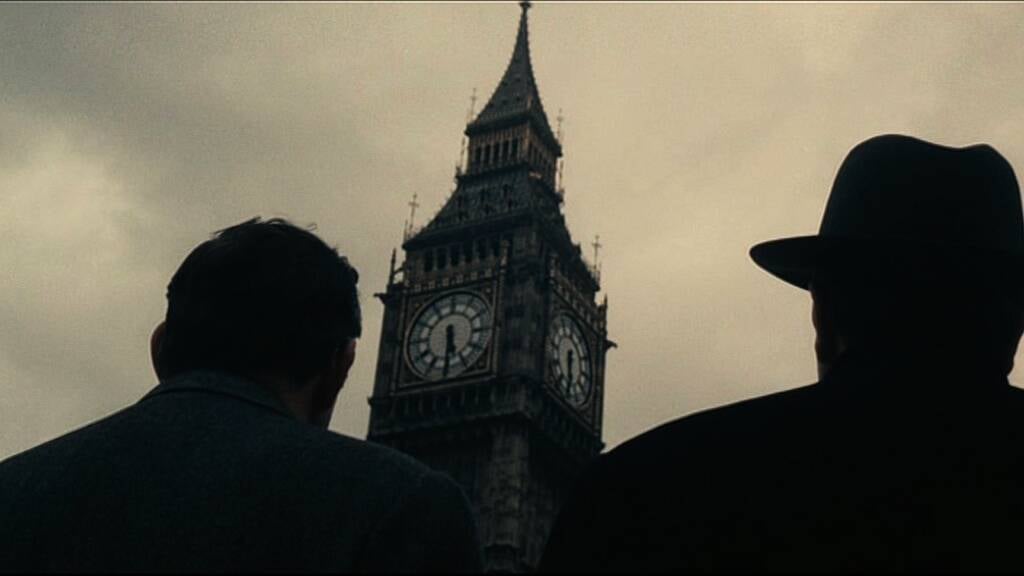
Christian Marclay, The Clock (2010). Collection of the Museum of Modern Art, New York. Promised gift from the collection of Jill and Peter Kraus. ©2024 Christian Marclay, courtesy Paula Cooper Gallery, New York.
The MoMA has not yet announced the dates for after-hours viewings of The Clock, but such events are part of Marclay’s conditions whenever the work is shown.
The museum stayed open 24-hours a day for three weekends during the film’s last outing, plus a special New Year’s Eve showing with a silent disco. Midnight is a particularly dramatic time in the film, with celebrations of the holiday, of course, and the explosion of London’s Big Ben clocktower in V for Vendetta.
The Swiss American artist initially created The Clock in an edition of six, for sale for $467,500. The Boston MFA and National Gallery of Canada teamed up to jointly purchase one edition, and the Los Angeles County Museum of Art snagged another. Overseas, the Centre Pompidou in Paris, the Israel Museum in Jerusalem, and the Tate joined forces to purchase a third.
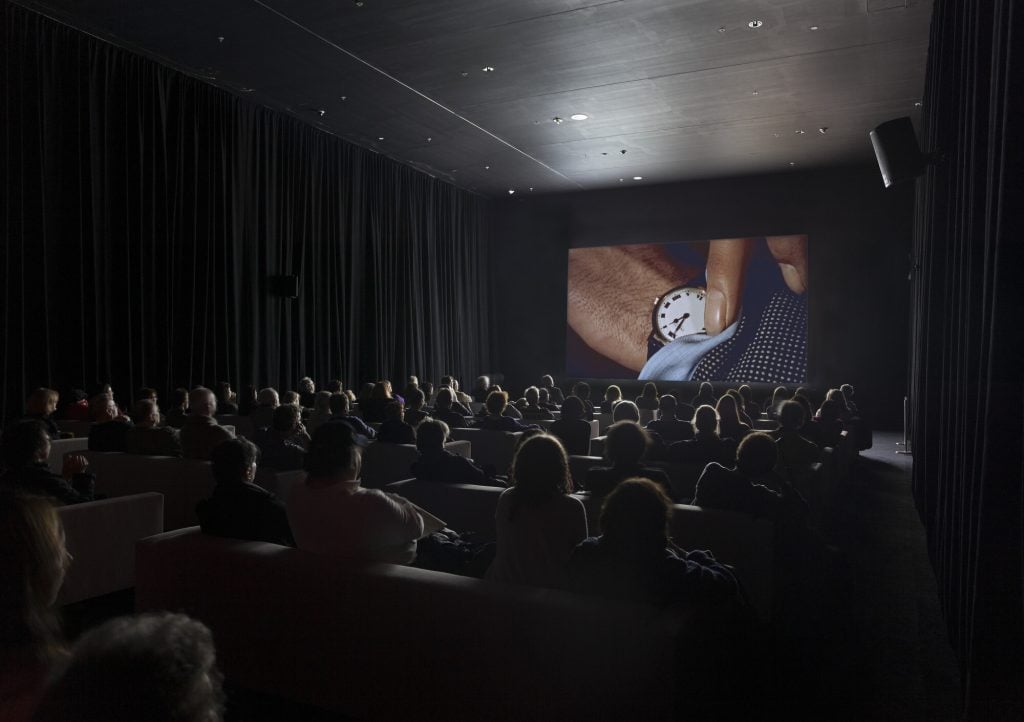
Christian Marclay, The Clock (2010). Collection of the Museum of Modern Art, New York. Promised gift from the collection of Jill and Peter Kraus. Installation view at the Museum of Modern Art, New York, December 21, 2012–January 21, 2013. ©2024 Christian Marclay. Photo by Thomas Griesel, courtesy Paula Cooper Gallery, New York.
Last time the work screened at MoMA, the museum opened a special Twitter profile to keep would-be visitors appraised of the wait time. According to the account, which will not be reactivated for the work’s return, the final weekend saw lines as long as three hours for access to the exhibition.
Seeing the whole film is, of course, nearly impossible.
“Some people are frustrated and they feel they have to see all 24 hours,” Marclay told the Guardian in 2018. “I say, ‘No no no!’ Just enjoy it for the moment. Enjoy what you can. When it’s time to eat or go to the bathroom, you leave.”
“Christian Marclay: The Clock” will be on view at the Museum of Modern Art, 11 West 53 Street, New York, New York, November 10, 2024–spring 2025.
